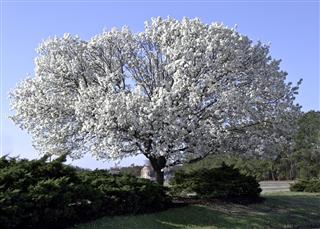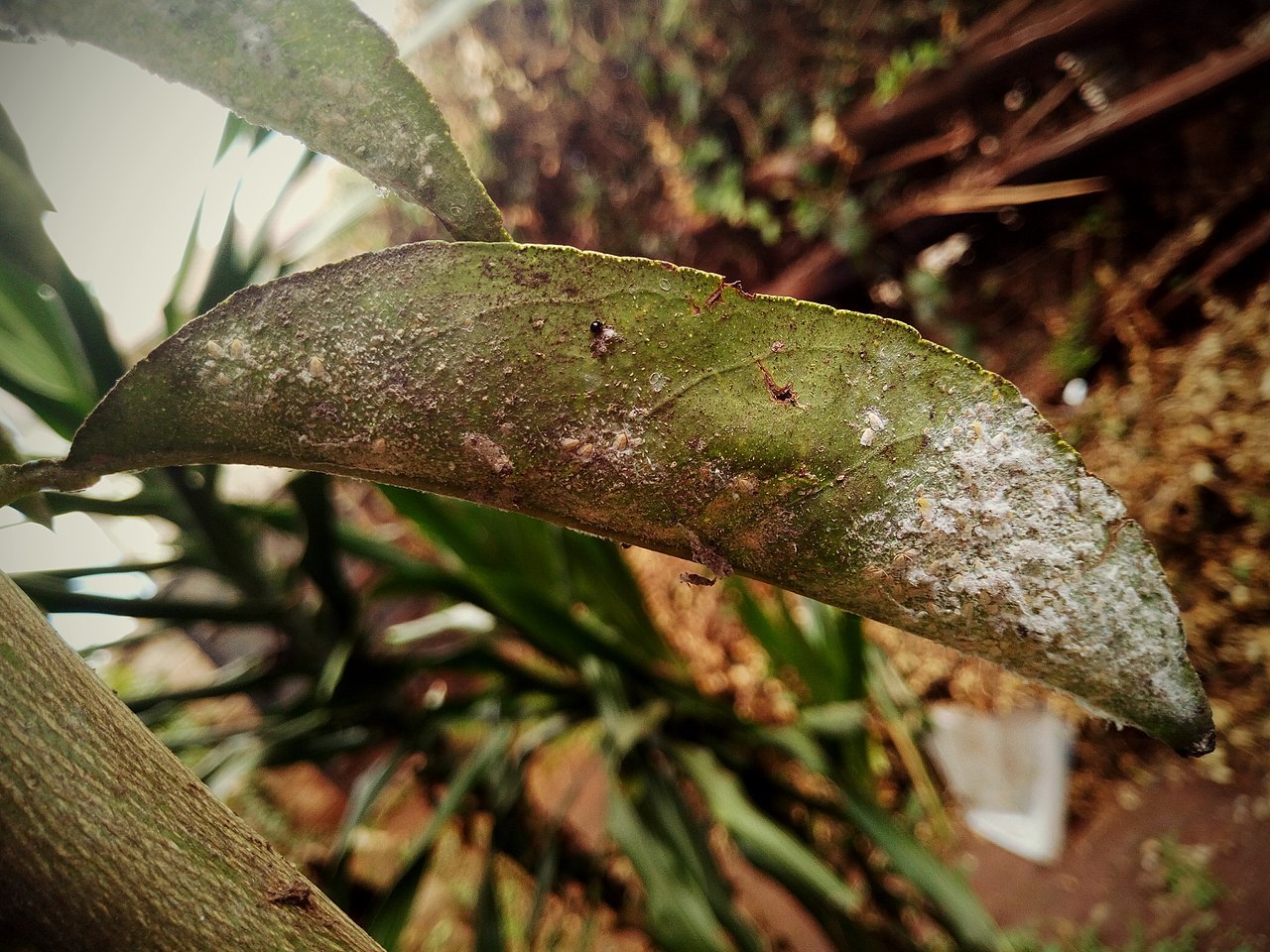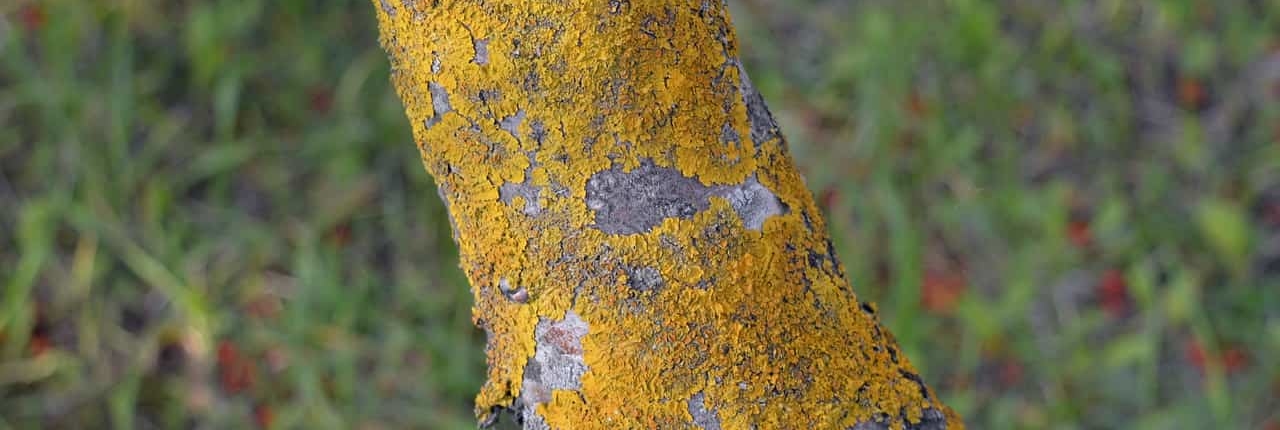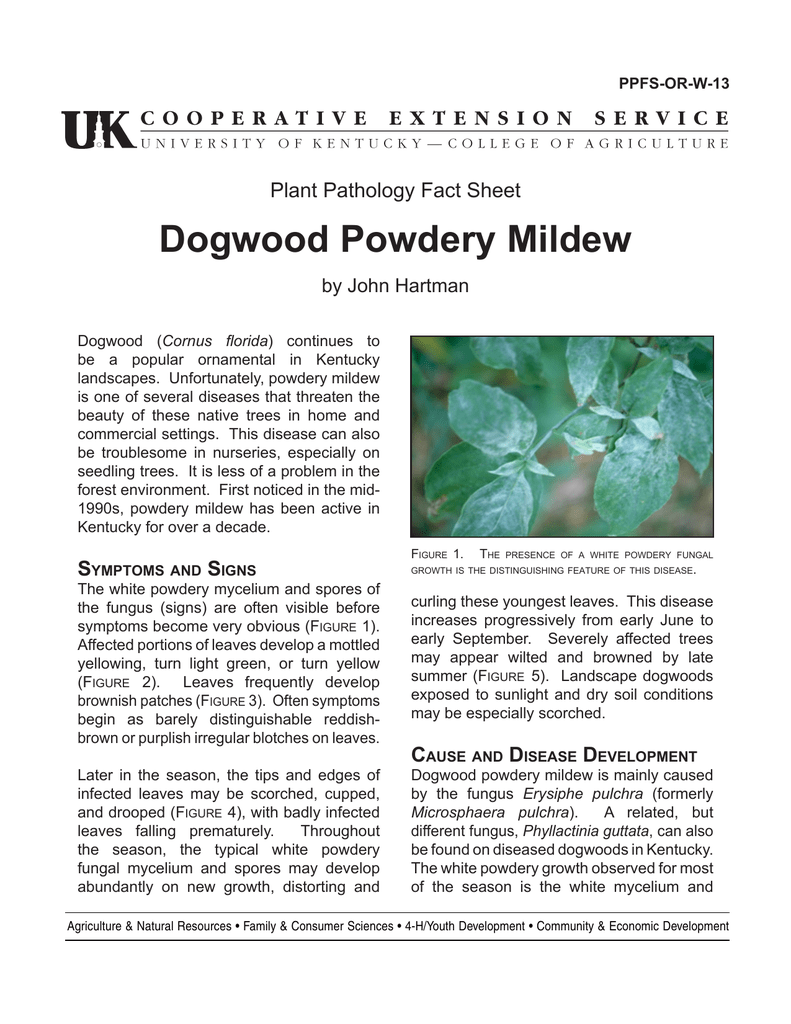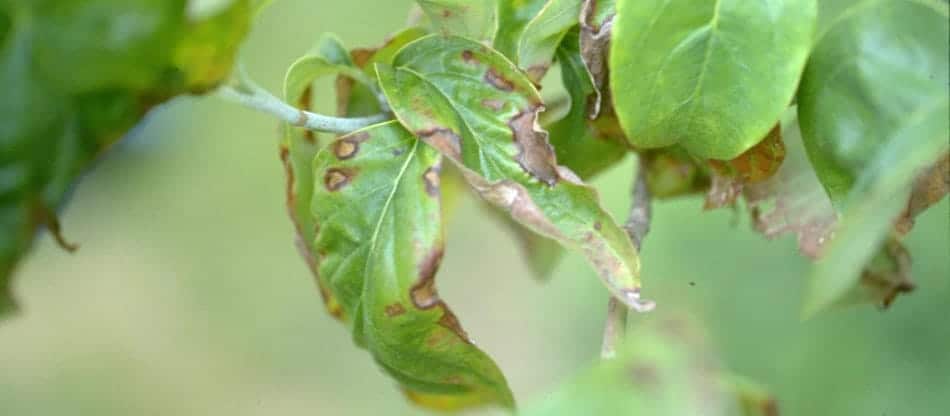Fungal Infection Dogwood Tree Diseases Pictures

Check the leaves and make sure rain water does not make little puddles.
Fungal infection dogwood tree diseases pictures. It is popular for its exotic bright colored flowers. Often branches can die. Read on to find out about dogwood tree blight and what you can do to help your plant through this rough time. The tree may produce less fruits when attacked by the fungus.
Leaves are smaller than normal light green and exhibit premature fall leaf coloration. Some dogwood varieties grow red berries during the early winter season. Dogwood anthracnose spreads through birds and splashing water and is. Fungi are the main causes of dogwood tree diseases.
It is usually only cosmetic. Warm dry weather will curtail the disease. The fungal disease will than spread to the dogwood s branches and trunk causing brownish cankers to appear on the bark. Numerous scale insects are dogwood tree pests.
It can very from 1 8 inch growths on leaves to massive swells on a tree s trunk. The seedlings of this tree may suffer from root infection caused by the pythium fungus species. Fungi thrive in cool wet weather and prevention is the best cure. This disease occurs only if weather conditions are very wet and humid in the spring.
Dogwoods are low maintenance trees but they are susceptible to some garden diseases. Gray mold is a common fungal disease on fading flowers. Larvae live in the cambium layer and their travel and eating damage the flow of nutrients and water. It usually kills the seedlings before they reach the woody stage.
Infected petals can then infect the leaves they rest upon spreading the disease. A symptom of a fungal or bacterial condition or infection by a number of insects gall is an odd and sometimes unsightly growth on a part of a tree. The dogwood borer is the most noteworthy pest of the tree. To head off fungal diseases plant dogwood trees with enough space between them and other plants so that air can circulate around the tree.
The flowering dogwood cornus florida is a small deciduous ornamental tree that is native throughout the eastern united states although dogwoods are well adapted to south carolina they can be affected by many pests and diseases. The dogwood sawfly larvae feed on the foliage and the dogwood club gall midge causes spindle shaped swelling on twigs. During wet spring weather falling dogwood petals bracts develop mold as inthe tan spots with pink haloes pictured on the left. Twigs and large branches die as a canker forms at the base of the tree.
Maintaining healthy dogwood trees by following the recommended cultural practices is the first line of defense in reducing any of these problems. The canker slowly girdles the tree.

